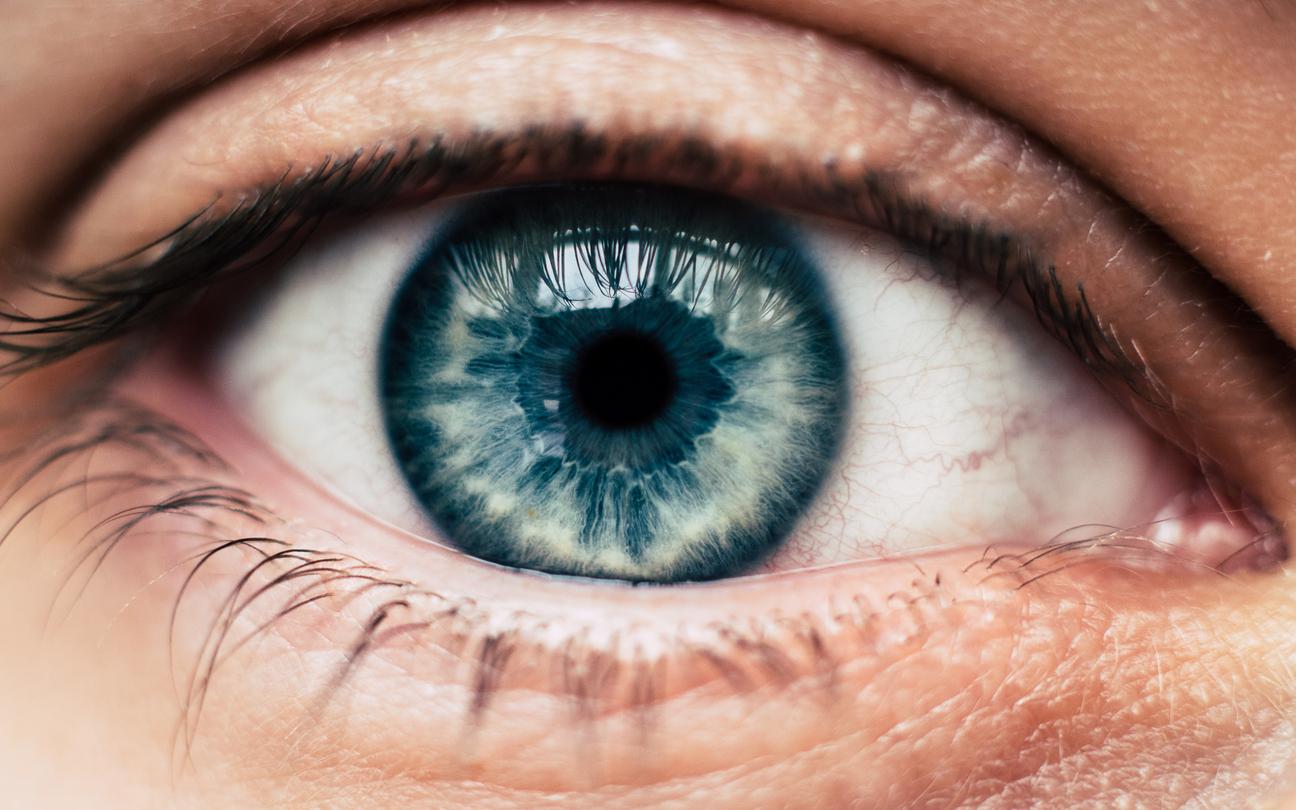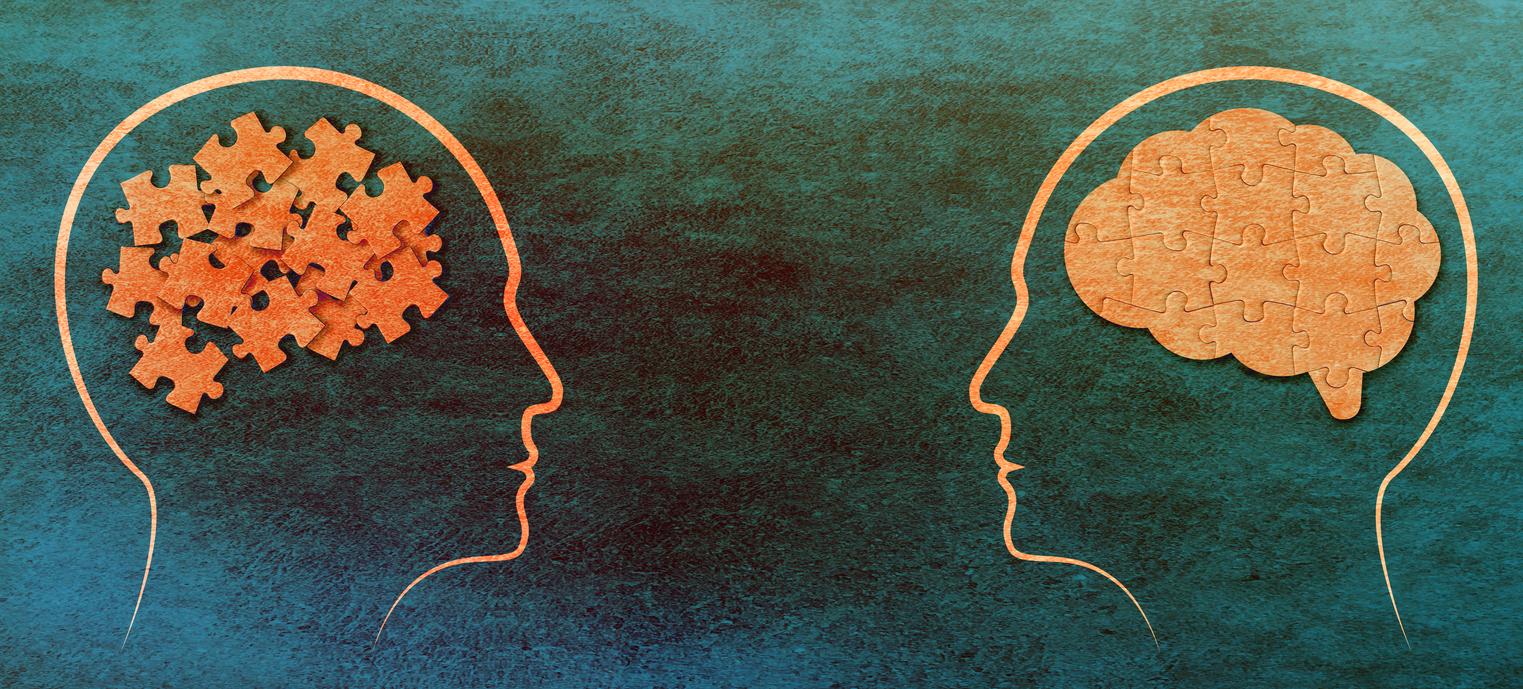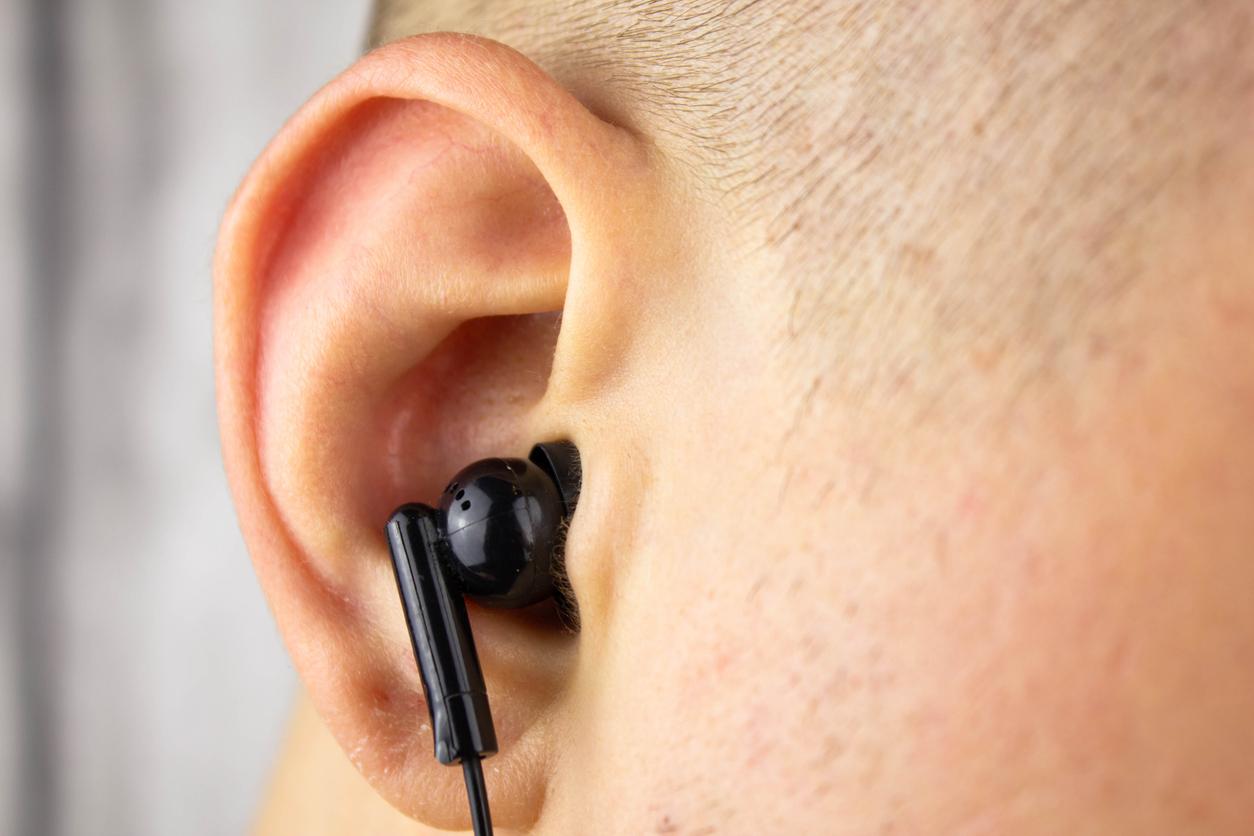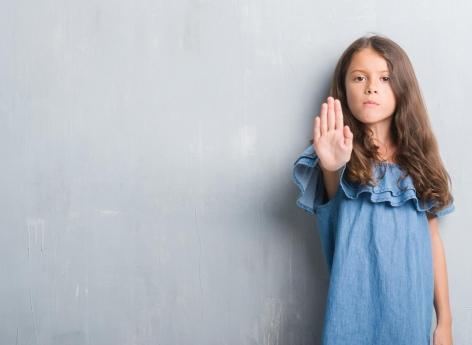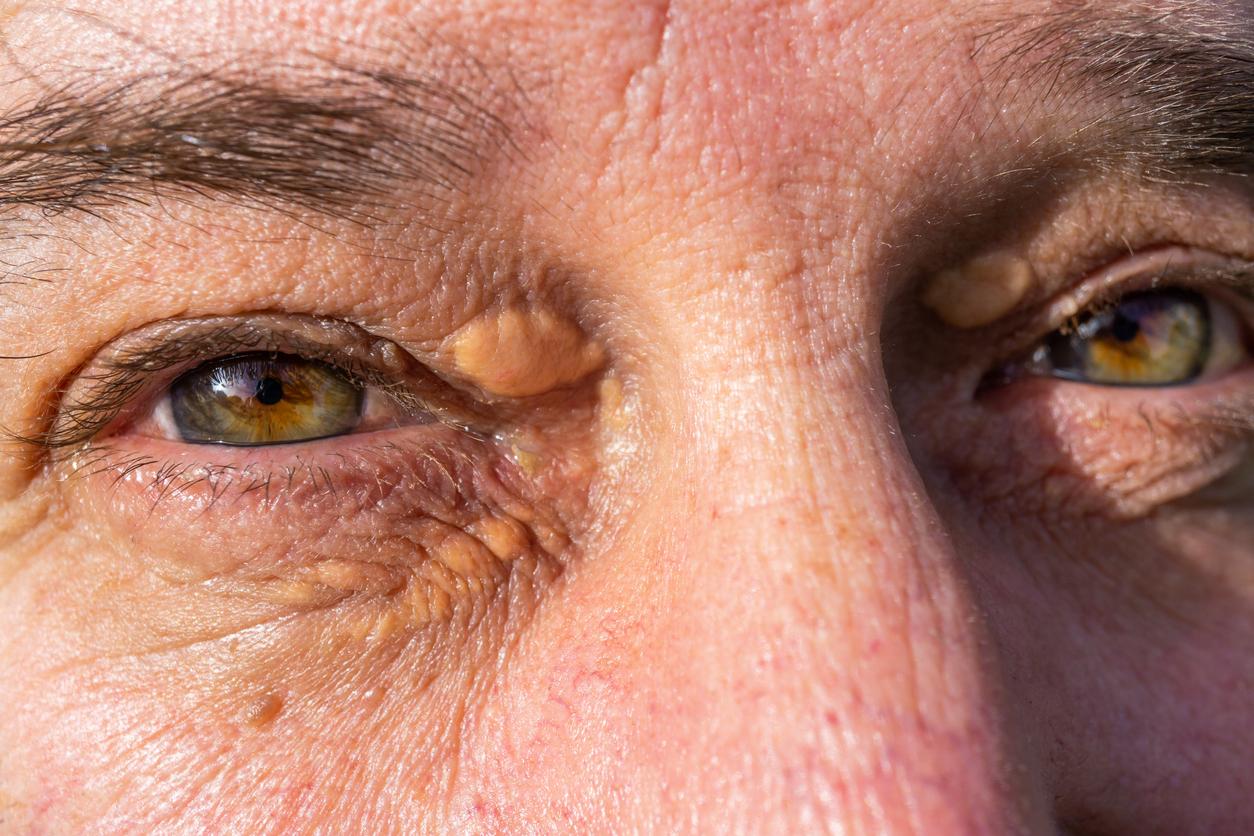The size of the pupils is an indicator of the level of confidence of his interlocutor.
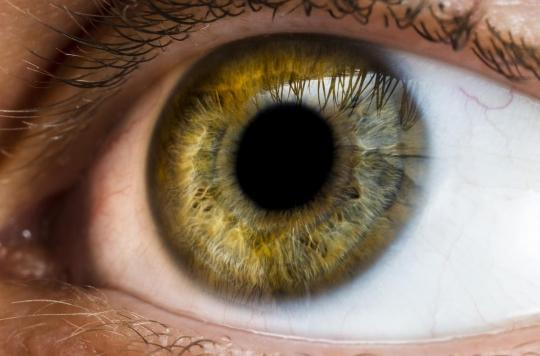
- Timing of heart rate, skin reactions – such as blushing – and pupil size are indicators of the nature of social interactions.
- When the pupils of an interacting partner widen, it unconsciously influences the level of trust
When you look someone in the eye, pay attention to the size of their pupils: if they’re dilated, it probably means you trust them. In a study, conducted both in the lab and in the field, Dutch researchers found that timing of heart rate, skin reactions – such as blushing – and pupil size are indicators of the nature of social interactions. . The results of their work were published on November 12 in the journal Scientific Reports.
Synchronization of reactions
The study researchers call these signs of social interaction autonomic mimicry, meaning involuntary, non-visible responses such as skin conductance or pupil dilation. They note that these reactions have a significant role in social relations. “Mimicry is part of a larger exchange of verbal and non-verbal cues that seem to precede pro-social attitudes like trust or empathydescribes Eliska Prochazkova, author of the study. But our brain understands emotional signals and processes them, which can lead to ‘synchronization’ or ‘alignment’ between two humans and other physiological or behavioral responses..”
Thanks to new techniques, such as electromyography, MRI and the possibility of measuring pupil diameter and eye movement, researchers have been able to discover the role of autonomic mimicry in social relations. Until then, they note, the social sciences were more focused on more visible cues in human interaction, such as facial expressions or body language.
speed dating
One of the experiments the researchers did was to have volunteers play a trust game with a computer simulation of a human partner. At the same time, they measured the diameter of their pupils. The results showed that in cases where the virtual partner had a larger pupil, the participant tended to trust him more than when his pupil was smaller.
Another experiment, conducted this time in the field, consisted in setting up a speed dating tent during a Dutch music festival, Lowlands. The aim was to find a correlation between non-visible autonomic responses (skin reaction, heart rate and pupil size) and their level of “synchronization” between two strangers to predict whether they felt attracted to each other. . The results showed that the higher the level of heart rate synchronization and the more the pupils were dilated, the more the volunteers felt attracted to their partner. “Unfortunately, no relationship was born from our experiences. We weren’t invited to any weddings”, lamented the researcher with amusement.
We unconsciously perceive the signals
Could we manipulate autonomic synchrony to make other people like or trust us more? “We do not know yetadmits Eliska Prochazkova. We have done experiments in our lab in which we have tried to manipulate participants’ pupils by stimulating the brainstem, but this manipulation was not successful, so we cannot say for sure. A second experiment of partially blocking someone’s view, found that when an interacting partner’s pupils widened, it still subconsciously influenced the participant’s confidence. This implies that you don’t actually need to consciously perceive a cue for it to subconsciously influence your social behavior. But it’s still research in development..”
.







